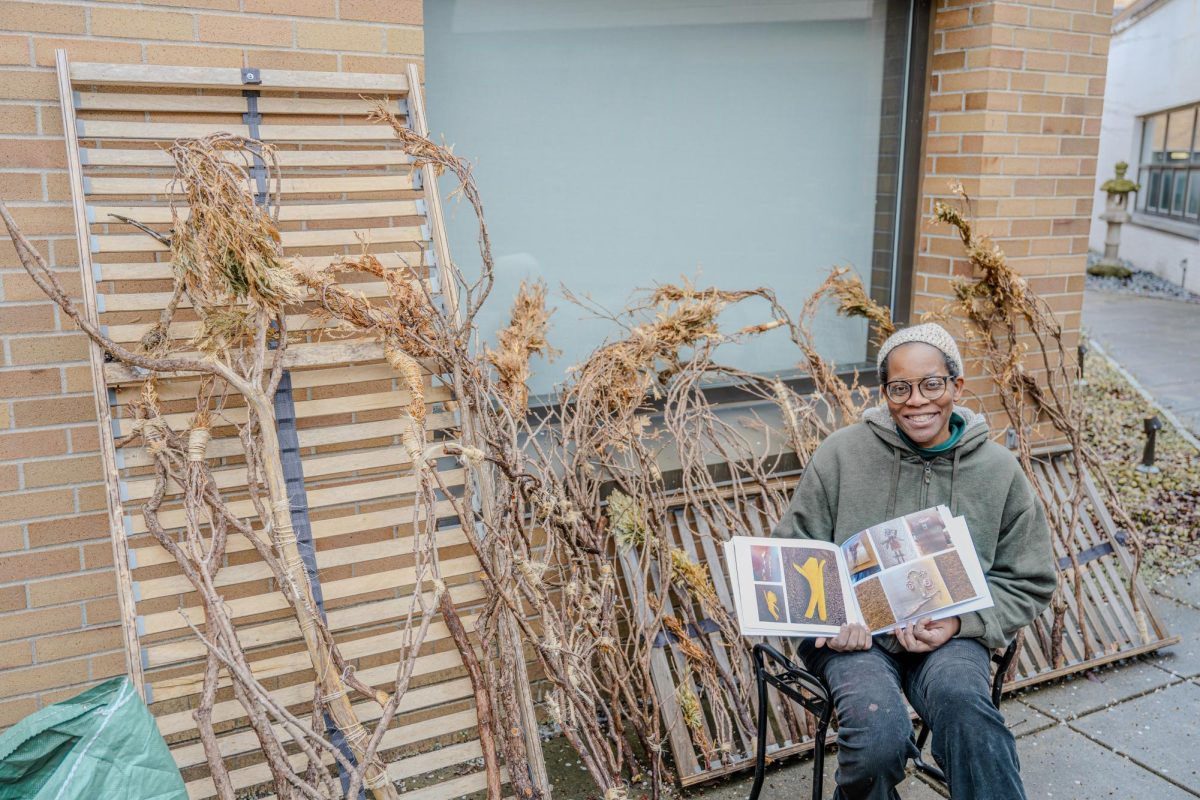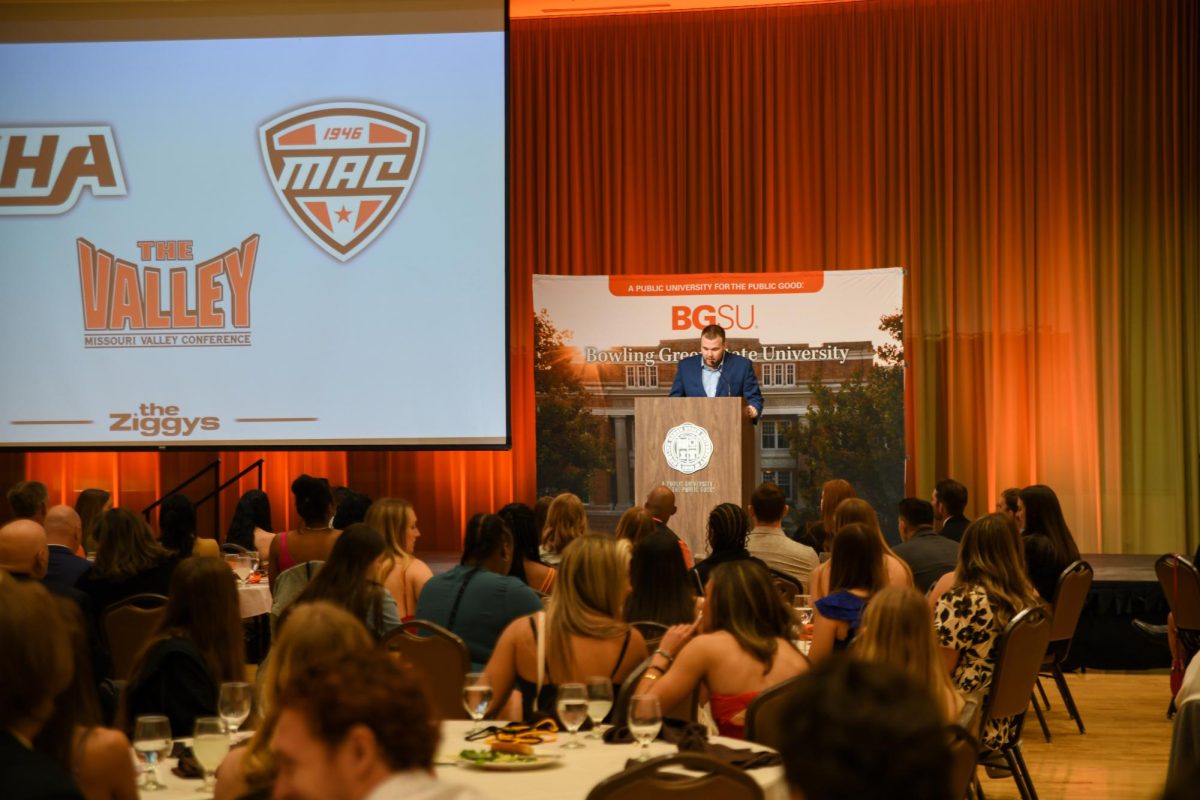Campus organizations tend to have revolving doors, but the recruitment of new membership can help sustain the group and its cause.
A resource for assistance for organizations is the Office of Campus Involvement, which recently put on a recruitment workshop to help organizations learn useful ways of how to attract new members.
“Groups can get set in their ways and don’t often know new or useful approaches to recruit members,” Lyndsey Hulen said, graduate assistant in the Office of Campus Involvement.
“We did the recruitment workshop at the beginning of the semester because groups are interested in building up their membership status,” she said.
Hulen said one of the activities at the workshop was for people to pair up, having one person try to sell the other an object. If somebody can sell an object they can also sell their organization she said.
A key point that Hulen made at the workshop was that personal communication is most important. She explained that if somebody new to an organization walks into an open house, the best thing to do is make a connection with that person.
“How to end the conversation with them is extremely important,” she said. “It is best to leave the contact open and let them know how to get a hold of you.”
Other lessons during the workshop were that recruitment should be a year-round process, not just at the beginning of the fall and spring semesters.
Hulen also discussed that being creative is the best way to sell an organization. Making flyers and posters can become quite expensive for a campus organization, and some of her alternative methods were mentioning the information before class, leaving the information on the chalkboards or making table tents.
The goal is not only to recruit new members, but to appreciate current members as well, Hulen said. “It is important to show the ones who remain that they make up the organization and are important.”
Acquiring more members is not just to increase the size of an organization. Groups that are registered with the university and receive funding must follow certain guidelines.
Registered groups must keep at least 10 members in their organization. The 10 members must be full-time BGSU students. Also, 75 percent of the membership must be students.
“We’ve done a better job of identifying organizations and defining them,” Gordy Heminger said, interim coordinator of Student Organization Services. “We have a better handle on what kinds of groups there are on campus and how many.”
According to Heminger, one factor besides the number of members that affects the organization’s success is the quality of the faculty adviser.
“A good adviser is someone who has been there for a while and has a historical perspective of the group’s past,” Heminger said. “Advisers will know what worked in the past and what hasn’t worked.
There are no set guidelines that will work well for every group, according to Hulen. “It’s a trial and error thing,” she said. “There’s no rhyme or reason to it.”

















